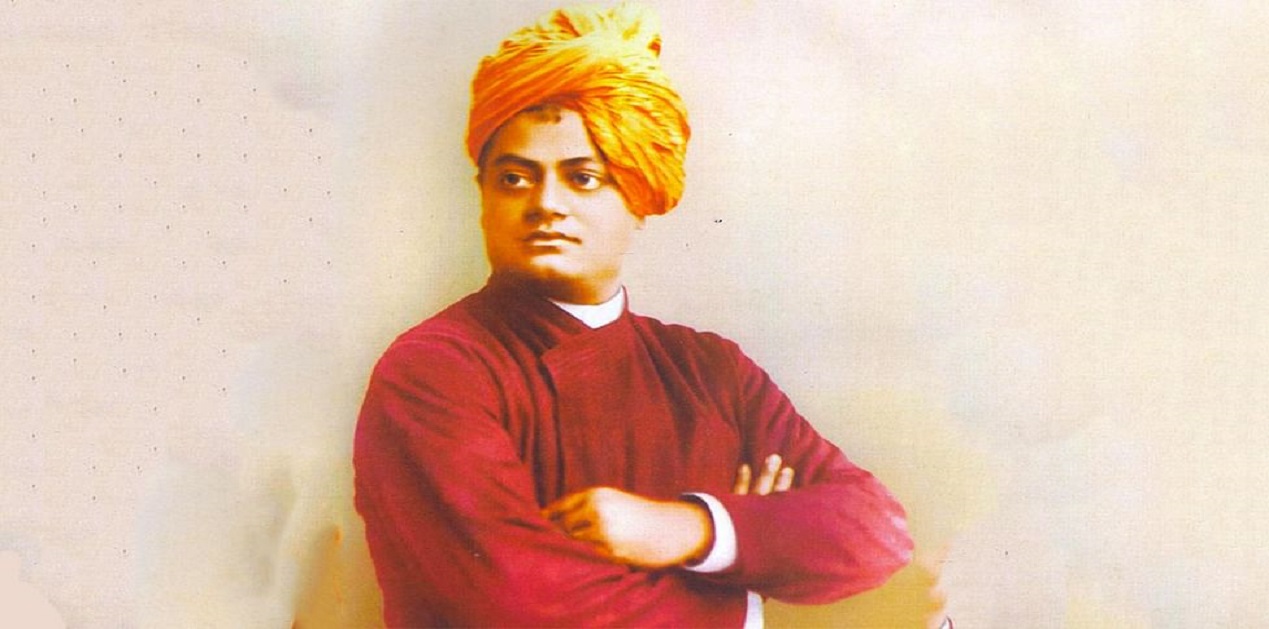“The great secret of true success, of true happiness, is this: the man or woman who asks for no return, the perfectly unselfish person, is the most successful.”
― Swami Vivekananda
Swami Vivekananda (1863-1902) was one of the most distinguished spiritual leaders of India. As a patriot-saint, he encouraged Indians to serve their country by focusing on the economically disadvantaged. He left behind a legacy of spiritual awakening and national revival.
In 1890, Swami Vivekananda set out as a parivrajaka (monastic wanderer) across India. During his two-year sojourn, he became convinced about two things related to India. He saw the future India resplendent and had an action plan for its uplift.
Vivekananda was an instant success at the Parliament of Religions in Chicago. He laid down the basis of cooperation between religions of how it is impossible to impose a single dogma on everyone. Just like plants, a Hindu, Buddhist or Christian "must assimilate the spirit of the others".
He visited America from 1893 to 1896, giving lectures in public and private gatherings in the East Coast and Mid-West of America as well as in London.
On May 1, 1897, Swami Vivekananda founded the Ramakrishna Mission in Calcutta. His purpose behind setting up this organisation was to spread the teachings of Sri Ramakrishna. The motto of this institution is for one's spiritual liberation and the welfare of the world. The Ramakrishna Mission, maintains an impeccable reputation in work related to the spiritual and social welfare of the nation. Swamiji has also inspired the establishment of a number of other organisations, such as the Vivekananda Kendra.
In 1899, Swami Vivekananda left for his second trip to the West and reached London on July 31. On July 4, 1902, he finally attained mahasamadhi at Belur Math.
Vivekananda's most important work in the West was to sow the seeds of Vedanta. Vedanta is the message of the oneness of Existence; it is derived from the teachings of the Upanishads. Vivekananda underscored the dimension of religious pluralism and universalism.
He taught that there is only one reality and that all paths (religions) lead to the same goal (God-realisation).
Vivekananda synthesised the several Yogas (means of spiritual realisation) after reading the Bhagavad Gita. According to him, the four Yogas are diverse ways of achieving the same spiritual objective. He had shown the way for the practical application of the lofty Vedantic ideal of oneness.
In his historic speech delivered on 11th September, 1893 in the world parliament of religions, Chicago he spoke about how Hinduism is a religion which has taught the world tolerance and universal acceptance.
Swami Vivekananda's emphasis on service to humanity as a way of both human fulfillment and soul uplift sets him apart from many other religious and spiritual leaders around the world. In fact, the zeal with which he preached this ideal transformed him from pure spirituality to a throbbing empathy for colonial India's suffering, poverty-stricken masses.
Swami Vivekananda’s work and vision had a deep impact not only in India but throughout the globe which was witnessed from his numerous followers and even western disciples like Sister Nivedita, Sister Christine and many others.
His legacy will remain eternal.
(The paper is the author’s individual scholastic articulation. The author certifies that the article/paper is original in content, unpublished and it has not been submitted for publication/web upload elsewhere, and that the facts and figures quoted are duly referenced, as needed, and are believed to be correct). (The paper does not necessarily represent the organisational stance... More >>
Image Source: http://yogavani.info/wp-content/uploads/2022/02/vivekanand.jpg










Post new comment